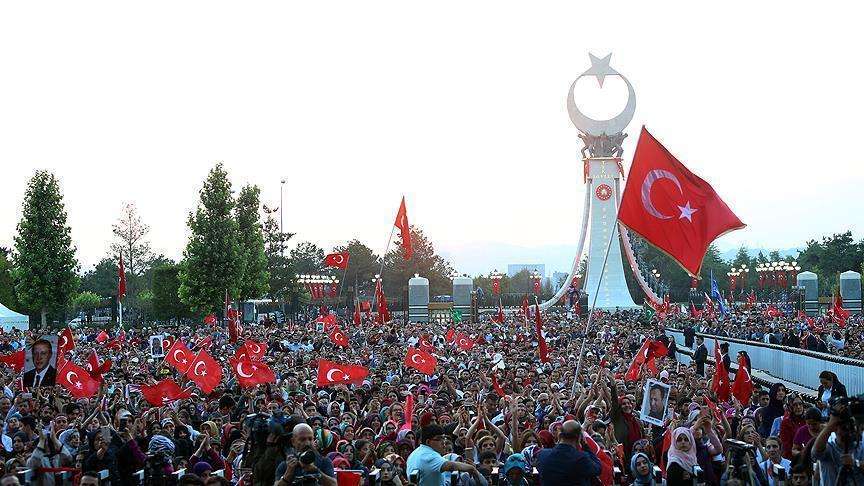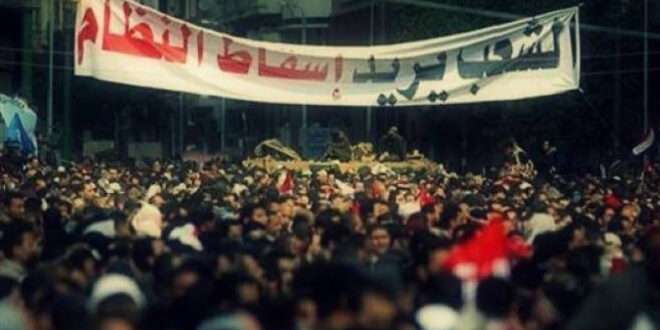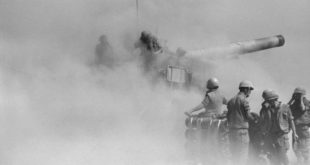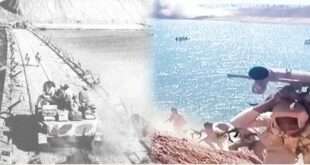This year marks the tenth anniversary of the Arab Spring. A whole decade has passed on the cluster of revolutions that rewrote the reality of the entire Middle East and North Africa (MENA) region. Yet, it was not a happy decade for most of the countries that went through the process of overthrowing a dictator regime followed by a chaotic aftermath. The high hopes and dreams of liberal young revolutionists to end dictatorships and build democratic states turned into infinite nightmarish episodes of civil wars and religion-based terrorism.
In Yemen and Syria, the nonviolent protests turned into a civil war that created a perfect environment for terrorist groups to flourish; such as Houthis in Yemen and the Islamic State (ISIS) in Syria. Meanwhile, proxy wars, sponsored by regional and international players, dominated the political stage.
In Libya, local militia and smuggled foreign mercenaries are, currently, the ones dictating the political scene. After long years of rebellion and civil war, Libya is already divided between two regimes. The Government of National Accord (GNA), which is located in western Libya, is supported and sponsored by Turkey and Qatar. The Libyan National Army (LNA), which is dominating the eastern territories of Libya, is supported by Egypt, Emirates, and France. Meanwhile, the Libyan people who once dreamt of building a democratic state are struggling with unbearable living conditions.
The only two Arab Spring countries that survived the tragedies of the post-revolution transitional period are Tunisia and Egypt. Despite initial conflicts over power with the political Islamist factions of the Muslim Brotherhood, each of the two North African countries successfully survived into restoring public order, preserving the unity of the national state, and establishing a working system of governance.
Most scholars, who studied the Arab Spring, found great difficulty in determining the actual factors, which prompted the outcome of each revolution in each of the Arab Spring countries to unfold into a certain direction. They resorted to demographic and cultural comparisons to find the answer. For example, some Arab Spring scholars assumed that Tunisia and Egypt survived the aftermath of the Arab Spring because they are more culturally civilized and less demographically diverse than Libya, Yemen, or Syria. As a citizen of Egypt and Arab Spring revolutionist, I find such arguments mostly invalid and more theory-based than reality-based. Egypt’s geopolitical and demographic characteristics make it closer to the Arab Spring scenario of Syria or Libya, and not Tunisia.

Then, what exactly is the factor that made the difference between surviving and failing states of the Arab Spring? The main determining factor is the strategy which the military institution, in each country, chose to employ in response to the massive popular protests. The cooperative military response in Egypt and Tunisia to the nonviolent dissent versus the repressive military response to nonviolent protests in Yemen, Syria, Libya, and even Iran, made the whole difference between failure and success.
The Arab Spring started before 2011, as a potential Middle East Spring. The Tunisian and Egyptian revolutions were not the first uprisings against dictatorship in the Middle East. In June 2009, young pro-democracy activists in Iran ran and maintained massive protests all over the country, which had effectively shaken the throne of Ayatollah. The nonviolent uprising in Iran was launched and organized by Internet savvy young activists, under thirty years-old, who represented more than 60% of the Iranian population. However, the brutal interference of the military, especially the state-sponsored Islamic militia known as “Basij Forces,” helped the Mullahs contain the uprising and remain in power.
Civil rights activists in Egypt were following the developments in Iran with much hope that “if the revolution succeeds in Iran, the next revolution will take place in Egypt.” There were many similarities between the struggle for democracy and youth movements in both countries. Sixteen months later, the Tunisians started a nonviolent revolution that ended Ben Ali’s rule in less than one month, followed by an Egyptian revolution that brought down Mubarak’s thirty years of dictatorship within only eighteen days. That is because of military’s determination not to use violence to repress protesters, and eventually siding with the people against the dictator.
Following Egypt, massive nonviolent uprisings erupted in Yemen, Libya, and Syria, each with varied responses by the military and dissent movements. In the Arab Spring successful cases – e.g. Egypt and Tunisia – both the protesters and the military strategically chose to use nonviolent strategies for offense and defense. In Libya and Yemen, revolutionaries failed to maintain their discipline to nonviolent action in face of the brutal use of violent force by Saleh’s and Gaddafi’s military forces.
The military’s cooperation with nonviolent movements in Tunisia and Egypt, during the 2011 revolutions, played an essential role in guaranteeing their success in removing dictator regimes. Military cooperation does not necessarily mean that the military believed in the goals and legitimacy of the revolution. But, even the “negative” cooperation of the military, by choosing not to kill or violently repress the protesters, allowed the dissent nonviolent movements to continue to mobilize supporters and undermine the legitimacy of the authoritarian regime.

The Egyptian revolution, in particular, suggests that the military, as one of the main pillars of support to the ruling regime, could determine not only the success or failure of a social uprising against a dictator regime, but also the flow and direction of political progressions following revolution’s success in removing the regime. A closer study of the short-term tactics and long- term strategies used by the Egyptian military, first, to contain liberal democratic activists during the 2011 revolution and, second, to weaken and disintegrate political Islamist groups during the conflict over political power after the revolution, enhances this argument.
The relationship that was developed between the Egyptian military and liberal democratic revolutionists throughout the eighteen days of protests in Tahrir Square, in 2011, was a determining factor in accelerating and smoothing the process of removing the authoritarian regime. The Egyptian Arab Spring scenario was unique in that it was not a traditional conflict of a nonviolent movement against a state-affiliated armed force. For the most part, the Egyptian revolution was a concerted nonviolent conflict between the nonviolent protesters and the military, which chose to put down their traditional weapons and side with the people. That is the secret behind revolution success in Egypt, without threatening the coherence of the national state.
 Defense Arabia Defense Arabia is your source for the latest news on defense, national security and analysis in the Middle East.
Defense Arabia Defense Arabia is your source for the latest news on defense, national security and analysis in the Middle East.




